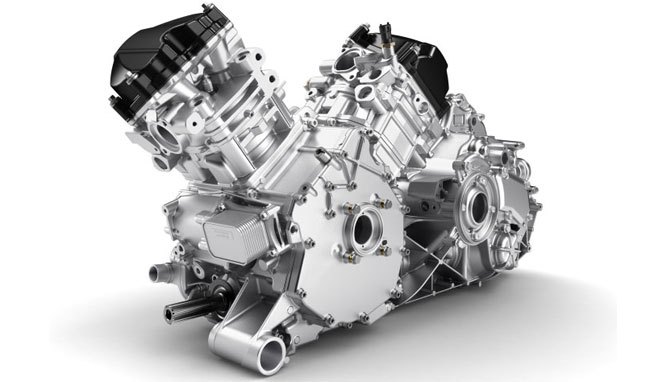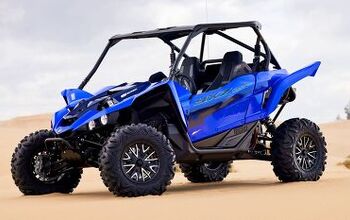How Do ATV Engines Work?
How do ATV engines work? That is the subject of Episode 2 of our “You Asked, We Answered” series. The series is designed to answer the Internet’s most commonly searched ATV and UTV questions.
To find the answer, we turned to resident ATV expert Rick Sosebee to explain how ATV engines work.
Before we get started, we should talk about the type of engines that are available to ATV and UTV consumers. There’s a two-stroke engine and a four-stroke engine. The two-stroke engine hasn’t been manufactured for a number of years by the major manufacturers. Modern ATVs and Side-by-Sides come with four-stroke engines.
The modern ATV engine is similar to what you might find in your own automobile. When you think about the term “four-stroke” or “four-cycle,” it actually refers to the amount of rotations the piston has to make to complete the process.
As the starter engages the engine, the piston moves down into the cylinder as the intake valve opens up, pulling air and fuel into the cylinder. As the piston reaches the bottom of the cylinder, the intake valve will close and the piston starts moving back up into the cylinder, compressing the mixture of fuel and air. Following that, the spark happens. This creates an explosion inside the cylinder, burning off the fuel and air mixture and forcing the piston back down into the bottom of the cylinder. Finally, the piston moves back up the cylinder and the exhaust valve opens, expelling all the burnt gasses through your exhaust. This is the final step in the process.
If you are specifically looking for a two-stroke engine, what you may want to consider is that you may have to pre-mix the fuel with oil in order to keep from ruining the engine. Some smaller displacement engines have oil injection, where that is done for you, but you need to do your research on that.
More by ATV.com Staff




























